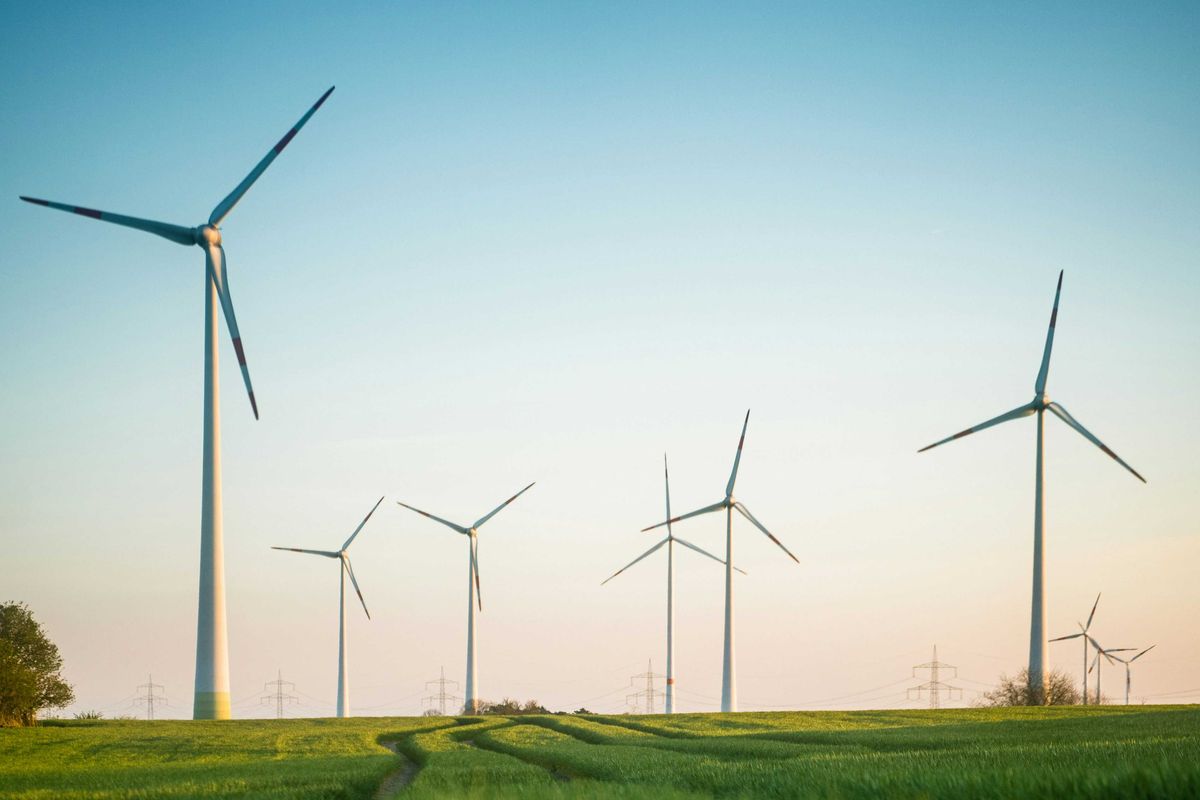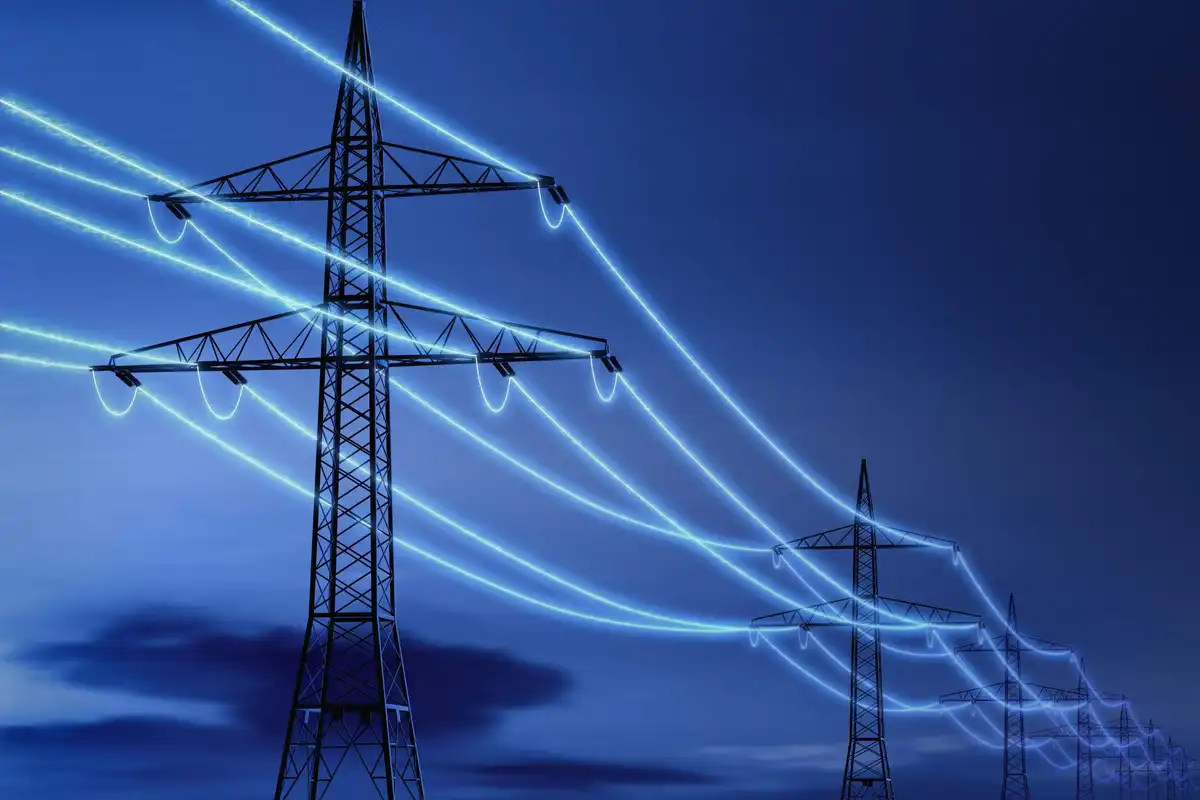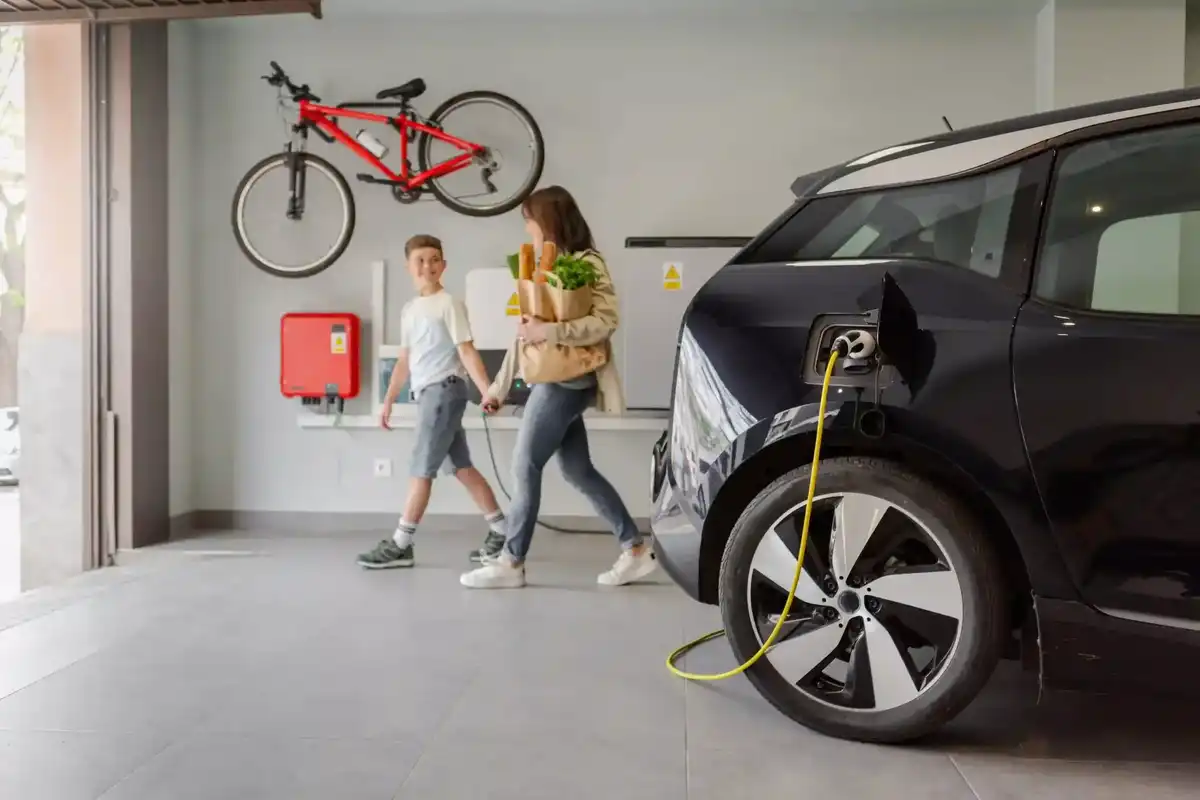Texas launches new investigation into Houston's power utility following deadly outages after Beryl
zooming in
Texas' attorney general launched an investigation Monday into Houston's electric utility over allegations of fraud and waste following Hurricane Beryl, adding to the mounting scrutiny after widespread power outages left millions without electricity for days.
The latest investigation of CenterPoint Energy comes after state regulators and Republican Gov. Greg Abbott have also demanded answers about storm preparations and the response to Beryl, a Category 1 hurricane that knocked out power to nearly 3 million people around the nation’s fourth-largest city.
The storm was blamed for at least three dozen deaths, including those of some residents who died in homes that were left without air conditioning in sweltering heat after the storm's passage.
“My office is aware of concerning allegations regarding CenterPoint and how its conduct affected readiness during Hurricane Beryl,” Ken Paxton, the state's Republican attorney general, said in a statement. “If the investigation uncovers unlawful activity, that activity will be met with the full force of the law.”
The utility pledged its support of the investigation.
“We look forward to cooperating with the Texas Attorney General or any other agency and have made clear our commitment to upholding the values of our company,” CenterPoint spokesperson John Sousa said.
Paxton did not cite any specific allegations of waste or fraud in his announcement and his office did not respond to requests for comment.
Abbott has demanded answers from CenterPoint for what he called its slow restoration efforts and poor communication with customers in the days leading up to the storm. The state's Public Utility Commission has launched its own investigation, and lawmakers grilled the company’s top executive over its failures at a hearing last month.
CenterPoint has largely defended its storm preparedness and said that it deployed thousands of additional workers to help restore power. The utility provider has also begun a monthslong plan to replace hundreds of wooden utility poles and double its tree-trimming efforts after the governor pressed for swift action.
Beryl damaged power lines and uprooted trees when it made its Texas landfall on July 8. It’s the latest natural disaster to hit Houston after a powerful storm ripped through the area in May, leaving nearly 1 million people without power.
Many residents fear that chronic outages have become the norm after Texas’ power grid failed amid a deadly winter storm in 2021.
CenterPoint has previously faced questions over the reliability of Houston's power grid.
In 2008, Hurricane Ike, a Category 2 storm, knocked out power to more than 2 people million and it took 19 days to fully restore electricity. The city of Houston created a task force initiative to investigate the company's response and determined it needed to automate parts of its grid to minimize outages.
CenterPoint received millions of dollars in federal funding to implement this technology years ago. However, according to executive vice president Jason Ryan, it's still a work in progress.
Some utility experts and critics say the company hasn’t adapted its technology fast enough to meet the extreme weather conditions Texas will continue to face.
- Hurricane Beryl knocks out power to 1 million as it hits Houston ›
- Houston residents face high temperatures after storm Beryl leaves millions without power ›
- Houston crews deal with disgruntled residents over power outages after Beryl ›
- 4 Houston energy companies pledge financial support in wake of Hurricane Beryl ›
- CenterPoint Energy releases details of resiliency plan ›
- CenterPoint Energy faces increased pressure to quickly restore service as city sweats after Beryl ›








 Air Liquide and Hyundai agreed to expand hydrogen refuelling networks, storage capacity and more at a meeting in Seoul last week. Photo courtesy Air Liquide.
Air Liquide and Hyundai agreed to expand hydrogen refuelling networks, storage capacity and more at a meeting in Seoul last week. Photo courtesy Air Liquide.
